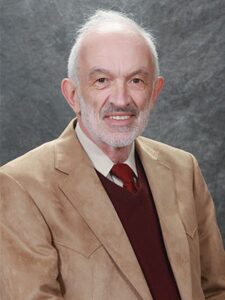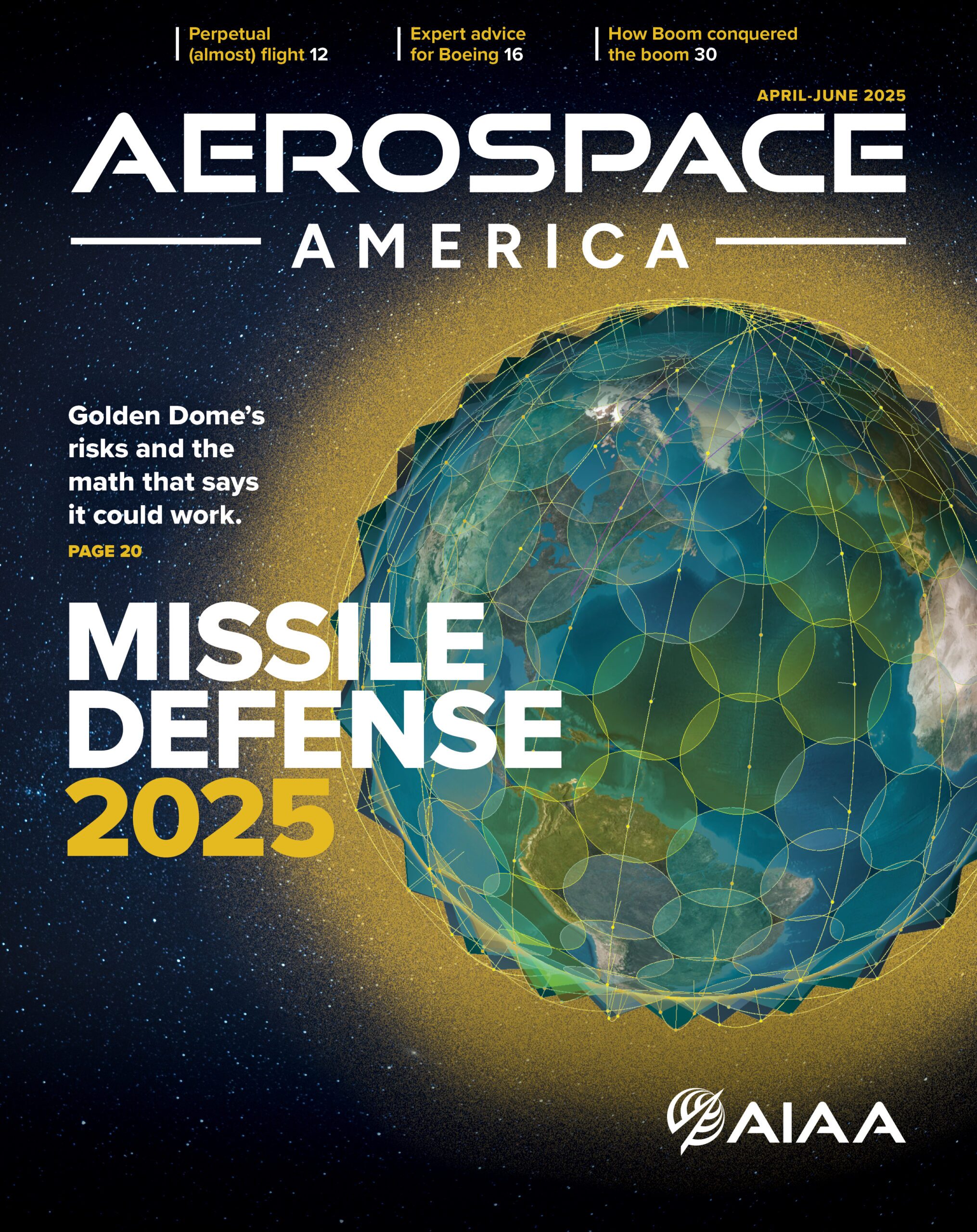Stay Up to Date
Submit your email address to receive the latest industry and Aerospace America news.

William S. Saric, Ph.D., NAE, died on 22 April 2025.
Saric graduated from the Illinois Institute of Technology with his Bachelors in Mechanical Engineering (1963) and his Ph.D. in Mechanics (1968). He earned his Masters in Mechanical Engineering from the University of New Mexico in 1965. He was employed at Sandia National Laboratories in Albuquerque from 1963 to 1966 when he worked in various areas, including on high-velocity impact, magnetohydrodynamic entrance flows, and high-speed boundary-layer flows, and then again from 1968 to 1975 when he conducted research and advising on problems of reentry ablation, boundary-layer transition, transpiration cooling, heat transfer, and applied mathematics. It was at Sandia Labs where he was introduced to boundary-layer transition on reentry vehicles in 1972. After Sandia Labs, he was a faculty member at Virginia Tech (1975–1984), Arizona State (1984–2004), and Texas A&M (2005 until his retirement in 2021).
A member of the National Academy of Engineering, the recipient of numerous international awards, and a University Distinguished Professor and Chaired Professor at Texas A&M when he retired, Saric dedicated his academic career to 1) foundational theoretical and experimental understanding of boundary-layer instability, laminar-turbulent transition, and flow control including under flight-operational conditions, 2) establishing the standards for careful validation-quality experiments and flight research, and 3) freely educating, collaborating with, and serving the international community and the next generation of researchers. Saric’s scholarship profoundly contributed to new options for reduced fuel consumption in airborne systems, increased survivability in hypersonic systems for national defense, and the realization of low-boom configurations being explored for supersonic flight over land. He excelled both as a discoverer of new fundamental knowledge and as an innovator of new strategies and technologies for efficiently controlling transition. His educational contributions went far beyond the exceptional students he mentored to shaping future research directions and inspiring multiple technology demonstration programs, and many have built upon his foundational insights and innovation.
Among his many professional contributions, Saric remarkably built and fully supported two major quiet tunnel facilities and a flight laboratory that provided the basis for the international community for numerous breakthroughs in transition mechanism identification, modeling, and control. 1) The Klebanoff-Saric Wind Tunnel (formerly at the National Bureau of Standards, then at Arizona State [with Saric], and then at Texas A&M [with Saric]) was an internationally recognized ultra-low-noise wind tunnel within which Saric conducted the most sensitive foundational receptivity and stability experiments in both two- and three-dimensional boundary layers. Through studying physical mechanisms, he established the basic differences, drivers, and control opportunities for the different instabilities present on swept and unswept surfaces. Among his many contributions, Saric and his students discovered the discrete-roughness-element (DRE) passive laminar-flow-control technique for swept wings. 2) The Mach 6 Quiet Tunnel (formerly at NASA Langley Research Center, then at Texas A&M [with Saric]) was also an internationally recognized ultra-low-noise tunnel. Within this facility, Saric and his students conducted the first detailed measurements of crossflow and secondary instabilities within a hypersonic three-dimensional boundary layer. 3) The Flight Research Laboratory (formerly at Arizona State [with Saric], then at Texas A&M [with Saric]) was a special facility with three aircraft devoted to foundational swept-wing transition and laminar flow control studies at transport unit Reynolds numbers, air-flow quality experiments, and sensor and instrumentation development for flight applications. Saric and his team conducted the first detailed studies of excrescence effects on swept wings to improve established surface-feature tolerance criteria.
Saric was a member of the National Academy of Engineering (2006) and the Academy of Medicine, Engineering, and Science of Texas (2006). He received the AGARD (NATO) Scientific Achievement Award (1996) and the G. I. Taylor Medal from the Society of Engineering Science (1993), and was a Fellow of the American Physical Society (1982) and the American Society of Mechanical Engineers (1993). He was recognized by both the Illinois Institute of Technology (2005, 2019) and the University of New Mexico (2014) with distinguished alumnus honors.
A Class of 2005 AIAA Fellow, Saric was recognized with the 2003 AIAA Fluid Dynamics Award. He served as Chair of the U.S. Boundary-Layer Transition Study Group from 2001–2012, and the AIAA Journal Advisory Board from 2008. He also had been an AIAA professional development instructor and technical committee member.
About Helen Reed
Helen Reed is Professor Emeritus, Aerospace Engineering at Texas A&M University.
Related Posts
Stay Up to Date
Submit your email address to receive the latest industry and Aerospace America news.



